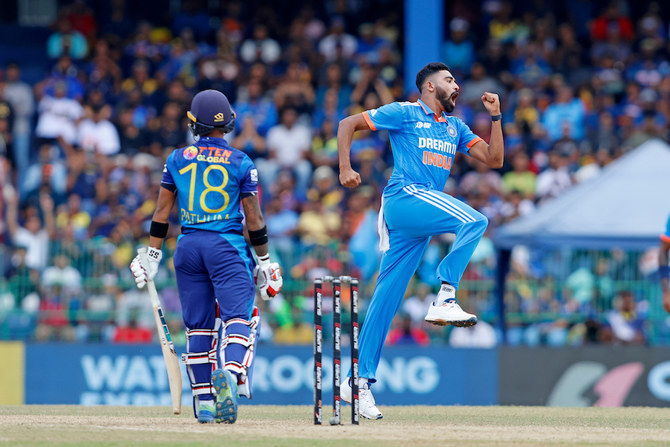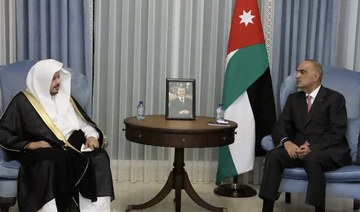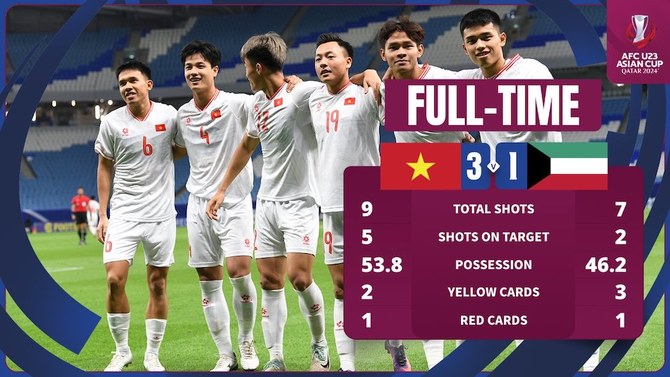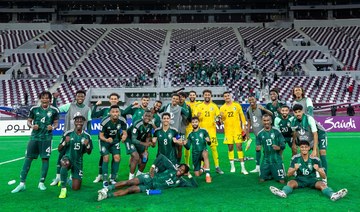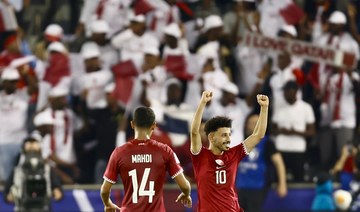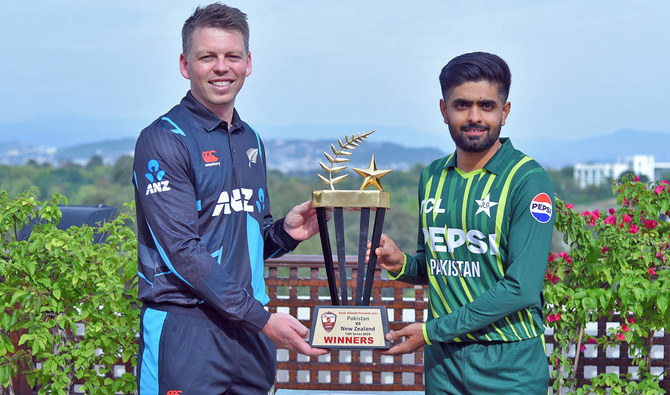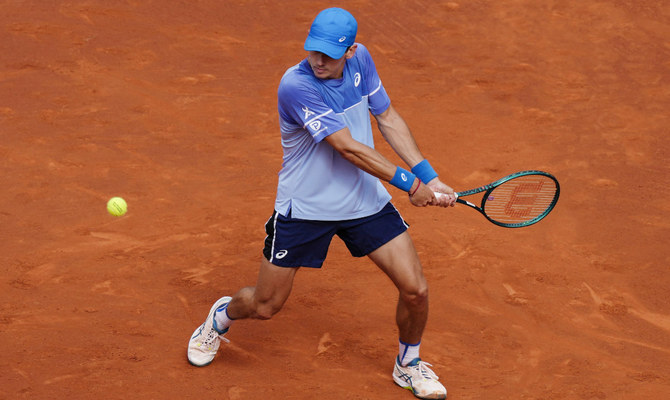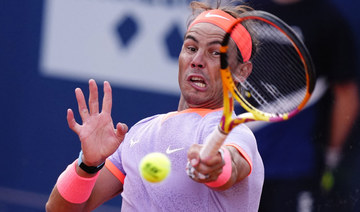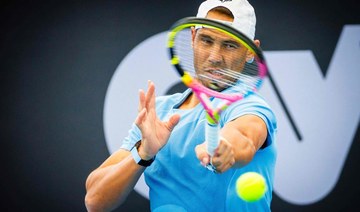LONDON: It’s the one game that divides an entire city.
It’s the most passionate rivalry in Spanish soccer.
It’s more than a local derby. It’s the “Gran Derbi.”
The match between fierce southern rivals Sevilla and Real Betis will be the one to kick-start the Spanish league this week after a wait of nearly three months because of the coronavirus pandemic.
Thursday’s game will be the first in the league since it was suspended on March 12 with 11 rounds remaining. The match will be played without fans at Ramón Sánchez-Pizjuán Stadium, the home of Sevilla.
Soccer in Spain will officially resume on Wednesday with the second half of a second division match between Rayo Vallecano and Albacete, which was interrupted last year after fans called a player a Nazi.
The Spanish league will be the second top league to return in Europe after the German Bundesliga, which resumed in mid-May. The Premier League and the Italian league will be next in the coming weeks.
While the “clásico” between Barcelona and Real Madrid remains Spain’s biggest match, few rivalries compare to the one spurred by the derby in Seville.
“Seville is the most soccer-crazy city in Spain,” Sevilla president José Castro told The Associated Press ahead of the match that was originally scheduled for March 15. “The ‘clásico’ is more important because of the clubs involved, but there is no match bigger than the Seville derby. It’s a match that involves a lot of tension and a lot of passion, both on and off the field.”
The Andalusian city of about 700,000 people is evenly divided between Sevilla and Betis fans. Both clubs have fanatic and engaged groups of supporters, with nearly 100,000 season ticket holders all together.
“It gets crazy here. Everything stops because of this match,” Betis fan Carlos Malpica said. “This city is about Holy Week and the Seville derby, not a lot more. Couples get into fights here because of this derby.”
Sevilla coach Julen Lopetegui said the derby was “a good choice” to mark the return to competition in Spain.
“There are a lot of derbies, but this is certainly one of the most intense and passionate in the world,” the former Spain and Real Madrid coach told league broadcaster Movistar on Sunday.
Spanish league president Javier Tebas said the high-profile game will properly “honor those who have lost their lives” during the pandemic. Nearly 28,000 people have died in Spain because of the virus.
“The Seville derby is special, it’s unique,” Tebas told COPE radio on Sunday. “It will be the most watched Seville derby in history. Not only in Spain, but in the rest of the world. It will be a worldwide event. The world watches La Liga and all eyes will be on Seville as the competition returns.”
This specific derby will also be unique because there won’t be any fans at the 43,000-capacity Sánchez-Pizjuán. The only other time the game was played without fans was in 2007, when about 30 minutes of a Copa del Rey match between the clubs was played in an empty venue in Getafe as punishment for Betis after fans threw a bottle at Sevilla coach Juande Ramos, prompting the suspension of the game at Benito Villamarín Stadium.
This time the league will be using virtual crowds and pre-recorded noise to try to give spectators a better experience while watching the much-anticipated match at home. Fans will have the option to choose a television feed in which crowds will be digitally superimposed on the stands and the chants from fans — the same used in FIFA video games — will be included in the broadcast.
Despite some restrictions still in place because of the pandemic, authorities expect some fans to gather outside the Sánchez-Pizjuán to watch the match in bars and restaurants, and the clubs’ traditional neighborhoods — Sevilla’s Nervión and Betis’ Heliópolis — are likely to be filled with fans as well.









